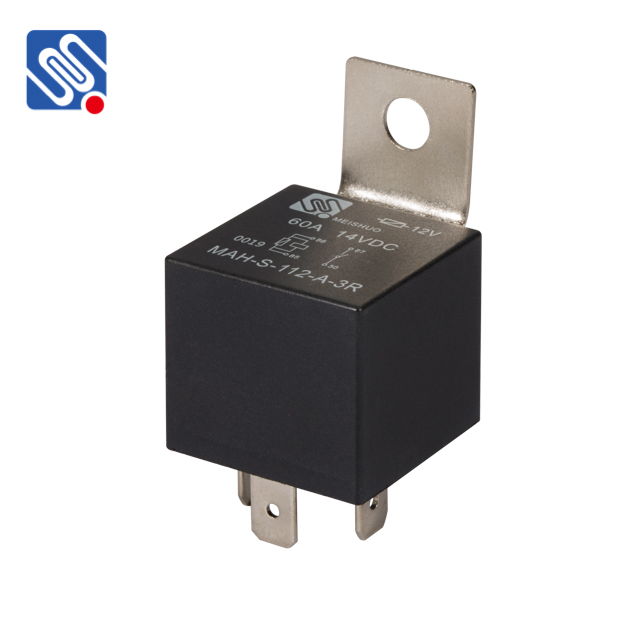understanding the relay 12v: applications, working principle, and benefits
Release time:2025-08-07 05:39:23
Relays are widely used in electrical circuits as electromagnetic switches that can control high-voltage devices using low-voltage signals. One of the most common types is the 12V relay, which operates at a 12-volt DC power supply. These components are essential in various applications, especially in automotive, home appliances, and industrial automation systems. This article explores the working principle of a 12V relay, its applications, and the benefits it offers in modern electrical systems.

What is a 12V Relay?
A relay is an electrically operated switch that allows a small current to control a larger current. A 12V relay is specifically designed to operate with a 12V DC power source, typically found in automotive and other low-voltage applications. It consists of several key components, including a coil, contacts, and an armature. When a 12V current is applied to the coil, it generates a magnetic field that attracts the armature, causing the contacts to close or open depending on the relay’s design.
How Does a 12V Relay Work?
The basic working principle of a 12V relay involves the use of electromagnetism. When an electric current flows through the coil, it creates a magnetic field, which activates the armature connected to the relay's contacts. The armature movement either closes or opens the electrical circuit, depending on whether the relay is normally open (NO) or normally closed (NC).

